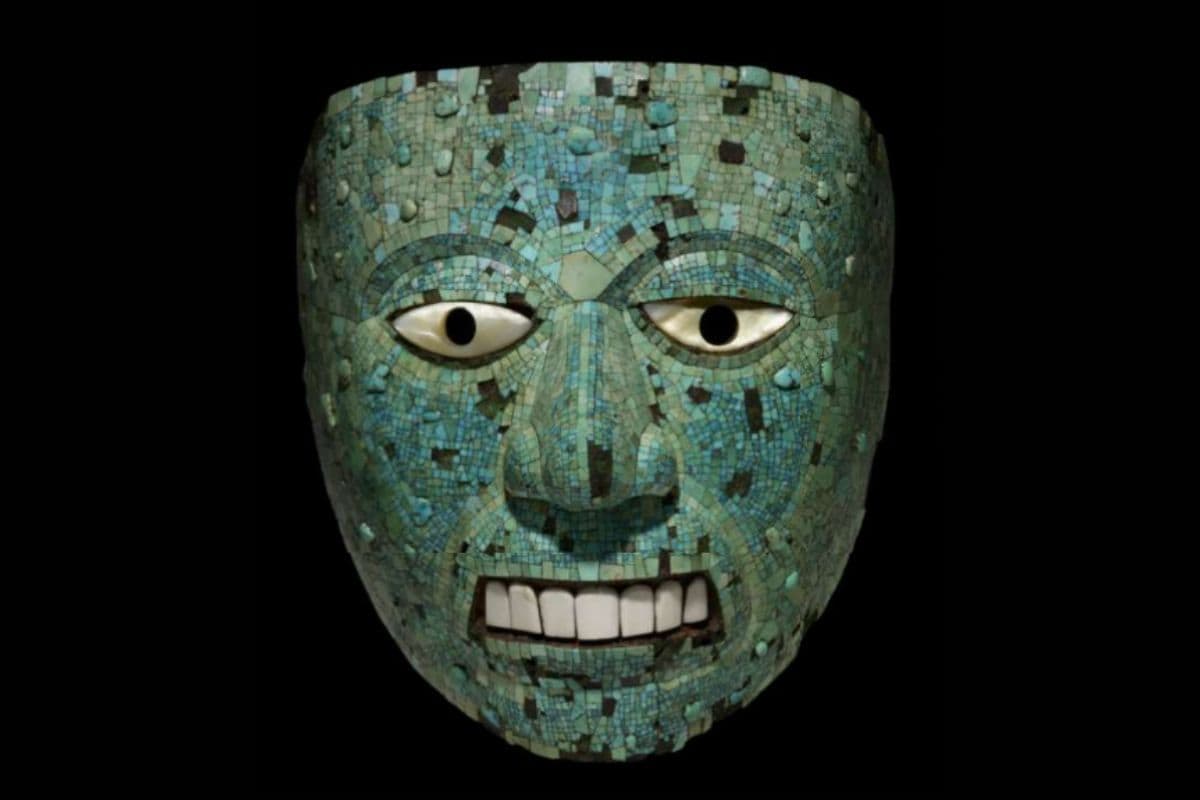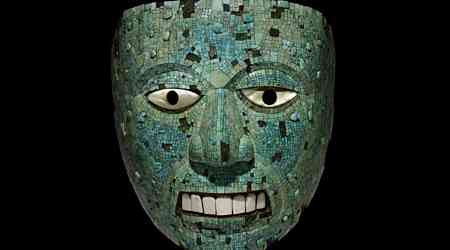A 16th-century mask, believed to symbolise the Aztec fire god Xiuhtecuhtli, has been displayed at the British Museum in London. Crafted from Spanish cedar and adorned with turquoise mosaic, mother-of-pearl eyes, gold rims, and conch shell teeth, the artefact is considered a remarkable example of Aztec artistry. Measuring 16.8 centimetres tall, its intricate details include small temple holes suggesting it may have been worn or mounted. Inside, cinnabar, a mercury-rich mineral, lines the mask.
Historical Origins and Significance
The mask is thought to have originated in Mesoamerica between 1400 and 1521, during the height of the Aztec Empire. Scholars associate it with treasures seized by Spanish conquistador Hernán Cortés during his conquest. Xiuhtecuhtli, known as the "turquoise lord" in the Nahuatl language, was central to Aztec mythology as the god of fire and renewal.
Central to Aztec rituals was the "new fire ceremony," held every 52 years. As narrated by the British Museum, during this ritual, the holy fire was extinguished across the land and reignited by priests. A sacrificial victim played a pivotal role in this renewal rite, with flames being kindled on their chest before their heart was offered to the fire. Masks like this one are believed to have been integral to such ceremonies.
Interpreting the Mask's Iconography
The mask's design incorporates darker turquoise pieces forming a butterfly motif, another symbol of renewal in Aztec culture. While it is widely attributed to Xiuhtecuhtli, experts suggest it might instead depict Nanahuatzin, the wart-faced deity who mythologically became the sun after self-sacrifice. The ambiguity surrounding its representation reflects the complex symbolism within Aztec art.
The turquoise mask stands as a vivid link to Aztec civilisation's spiritual practices, offering insights into their cultural emphasis on fire, renewal, and transformation.































